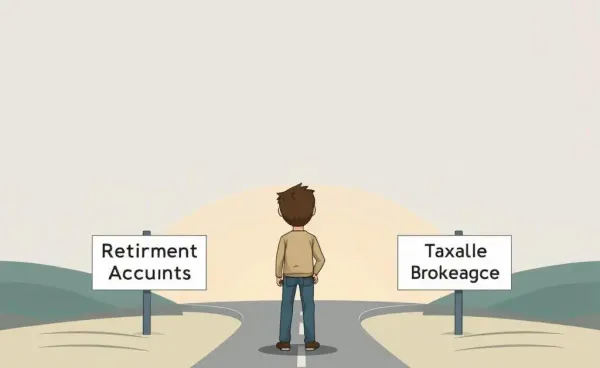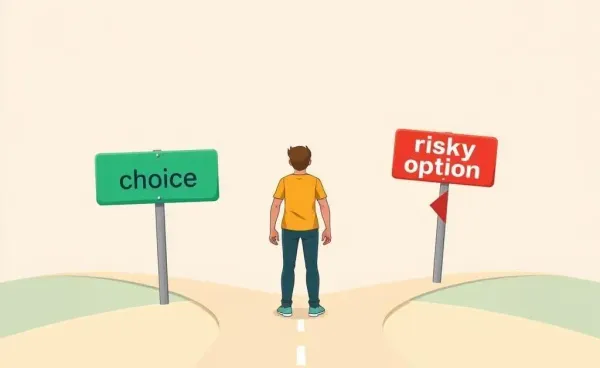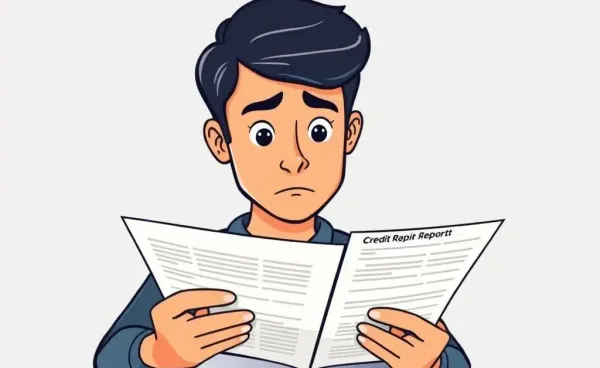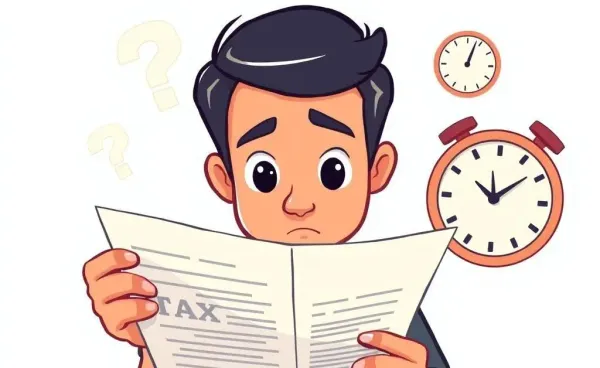Conquering Debt: A Practical Guide for Better Financial Health
Discover effective strategies to tackle debt and balance your finances step by step.
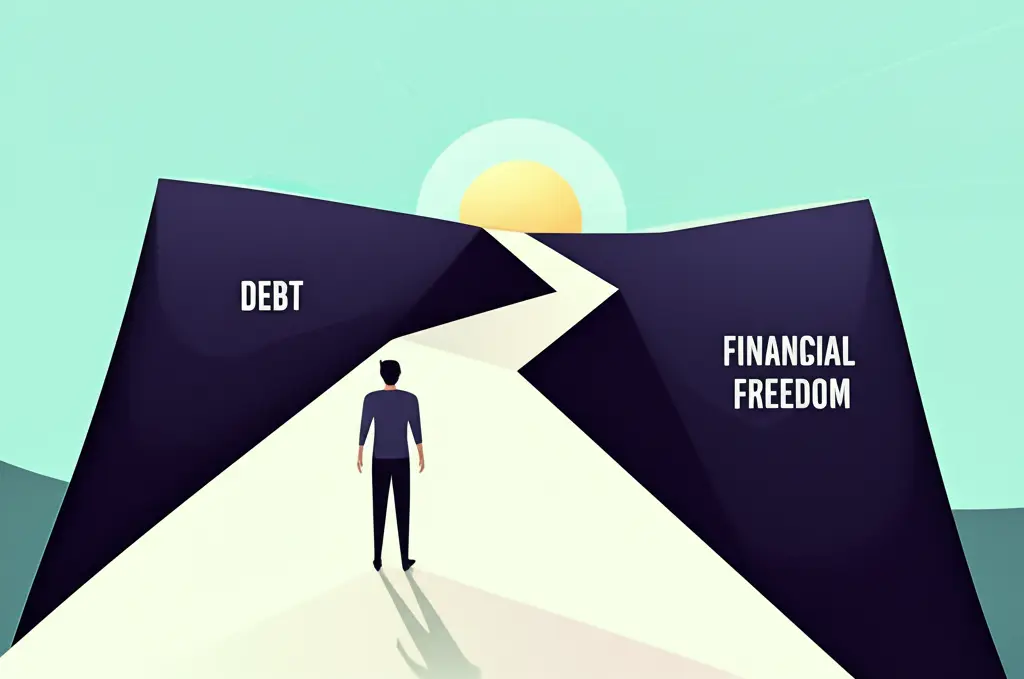
Hey there! So, you're feeling a bit overwhelmed by debt, huh? Trust me, you're not alone. I've been there, and many others have too. Today, we're going to break it down together. Let's dive into some actionable strategies that can help you conquer debt and move closer to financial freedom.
Understanding Your Financial Landscape
First things first, know where you stand. It might feel daunting, but listing out all your debts is a powerful first step. Include everything from student loans and credit cards to that personal loan you took out to buy your dream gadget.
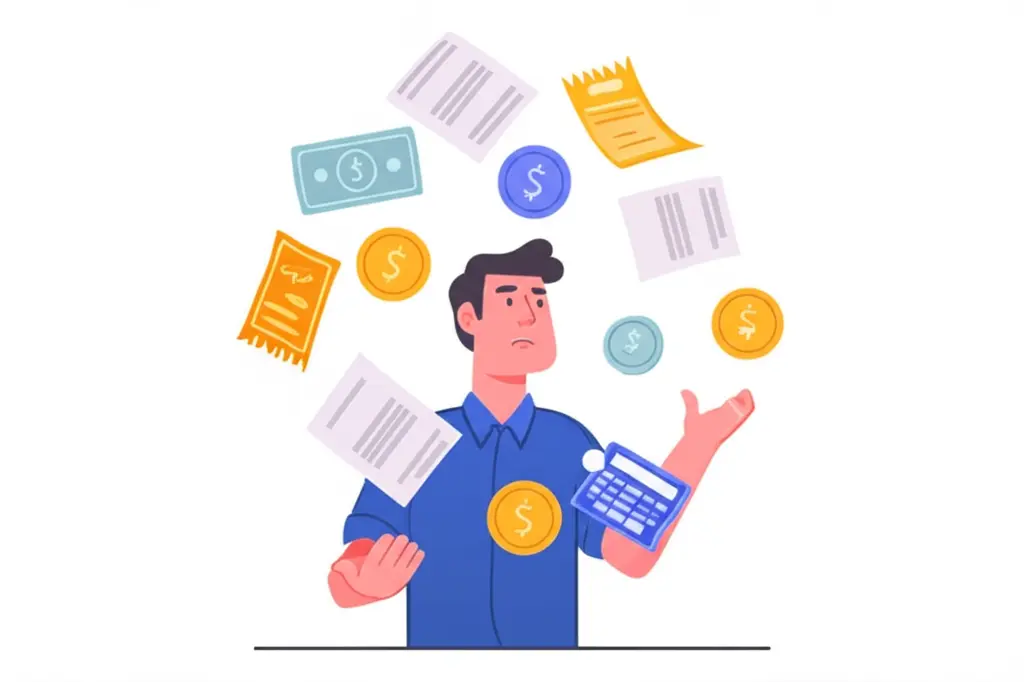
Create a Realistic Budget
Once you've got all your debts laid out, it's time to build a budget that works for you. Prioritize your expenses, and identify areas where you can cut back. This is where the magic happens — those small tweaks can make a significant difference over time.
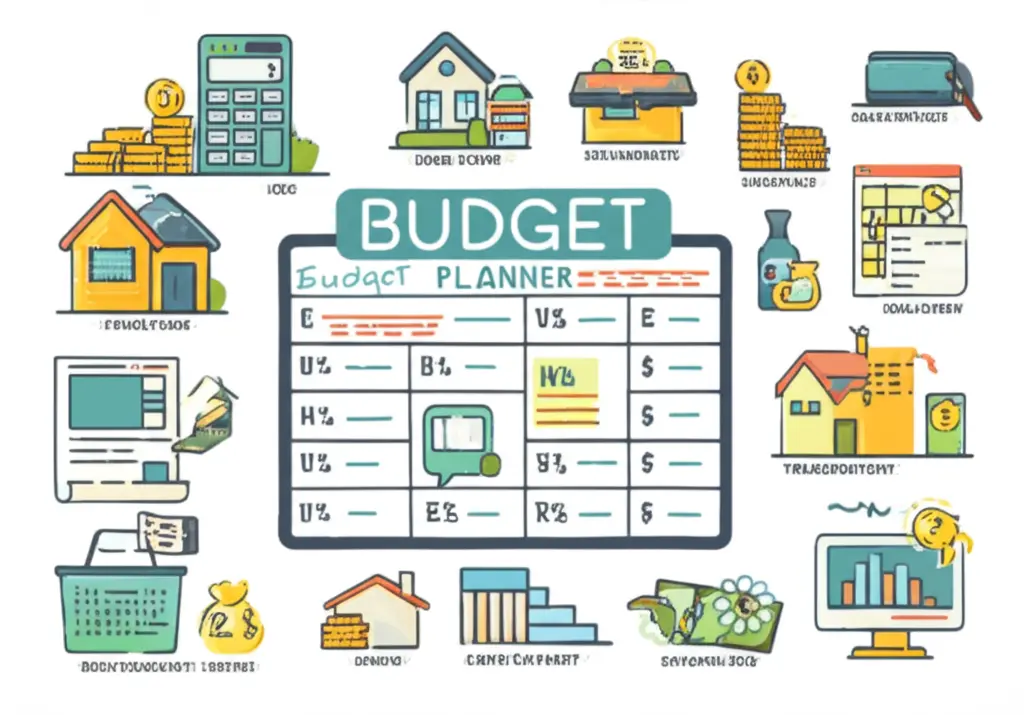
Important Tips for Crafting Your Budget
- Track your spending: Keep an eye on where your money goes each month.
- Set specific goals: Whether it's paying off a particular debt or saving for a rainy day fund, having a goal keeps you motivated.
- Use tools and apps: Plenty of apps can help you keep track of your finances and stick to your budget.
Choose a Debt Payment Plan
There are various strategies to tackle debt, including the debt snowball method, where you pay off smaller debts first, and the avalanche method, focusing on high-interest debts. Select a strategy that aligns with your motivation psychology. Personally, I found the snowball method more rewarding because crossing small debts off the list felt like mini victories.
Keep an Eye on Your Credit
Your credit score plays a crucial role in your financial journey. Regularly check your credit report to ensure there are no errors and that you're on track. This can also be an early warning system for any issues that might crop up.
Saving Alongside Paying Debt
It seems counterintuitive, right? But having some savings while paying down debt creates a safety net and prevents new debt. Start small — even $10 a week can add up over time.

Reflect and Adjust
Regularly review your progress and adjust your plan as needed. Life happens, and flexibility is key. Celebrate your achievements, no matter how small, to keep the momentum going.
Taking control of your debt is a journey, not a sprint. With consistent effort and a bit of patience, you'll see your financial health improve. What's your next step on this path?

